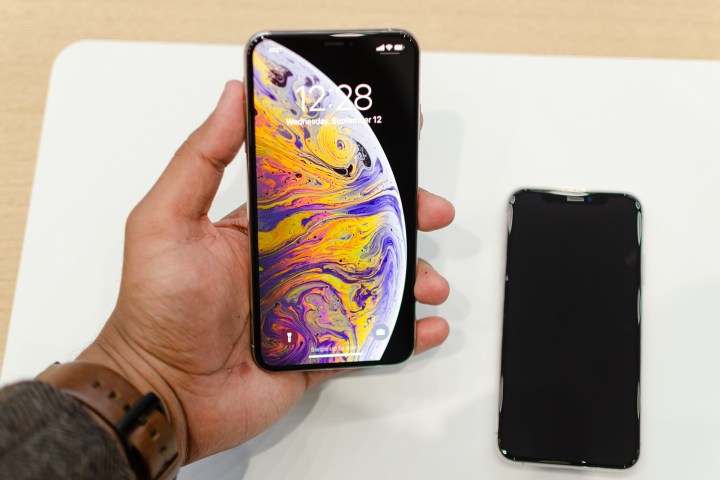
Apple’s latest and greatest mobile operating system is iOS 12, and it brings with it a number of new features — including things like new gestures, improved performance, and more. But if you’re updating to the new operating system, you may find that it’s not really for you — in which case, it might be helpful to downgrade back to iOS 11.
That is why we put together this guide — to help you downgrade from iOS 12 back down to iOS 11. There are a few ways to do so, and they’re outlined below.
A quick note: We recommend backing up your phone before downgrading to an older version of iOS. Generally speaking, it should be pretty easy to downgrade, and it shouldn’t result in any lost data — but just in case it does, backups always help. On top of that, if history is anything to go by, you’ll only be able to downgrade to iOS 11.4 for around a week from the September 18 release of iOS 12. After that, Apple will stop signing iOS 11.4 versions, and you won’t be able to downgrade without a jailbroken phone.
Here’s how to downgrade from iOS 12 back to the latest version of iOS 11.
From a backup in iTunes
The best and safest way to roll back your iPhone to iOS 11 is through a backup, and it’s easy, as long as you made a backup before upgrading to iOS 12. Let’s look at how to restore your iPhone if you have a backup from when your iPhone was running iOS 11.4 stored on your computer.
- Download the IPSW file for your device and iOS 11.4 here.
- Disable Find My Phone or Find My iPad by heading to Settings, then tapping iCloud, and turning off the feature.
- Plug your iPhone or iPad into your computer and launch iTunes. Click on the iPhone or iPad in iTunes, then select Summary.
- Hold down Option (or Shift on a PC) and press Restore iPhone.
- Navigate to the IPSW file you previously downloaded and press Open.
- Once the file has been installed, you will have a blank iPhone — which is where your backup comes in. In iTunes, click the Restore iPhone button, and select your backup. Make sure it’s the right backup — if you’ve been running iOS 12 for more than a day or so, the latest may be a backup of iOS 12. iTunes should then restore the correct backup, though it may take some time.
Without a backup
If you didn’t back up your device before updating to iOS 12, then there are still some options for you — though you may lose your texts in the process. If you’re fine with that, follow the instructions below.
- Download the IPSW file for your device and iOS 11.4 here.
- Connect your iPhone or iPad to iTunes and select your device.
- Under Summary, press Check for Updates while holding down Option (or Shift on a PC). Then, navigate to the IPSW file you downloaded before.
- Your iPhone or iPad should then install iOS 11.4.



